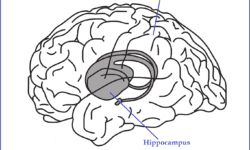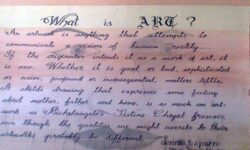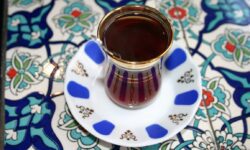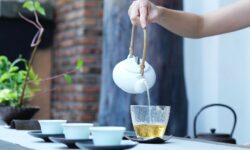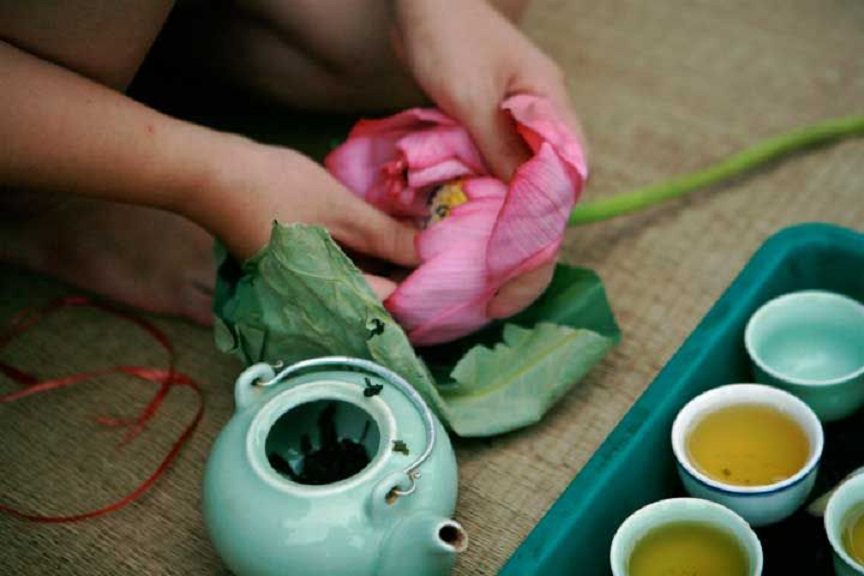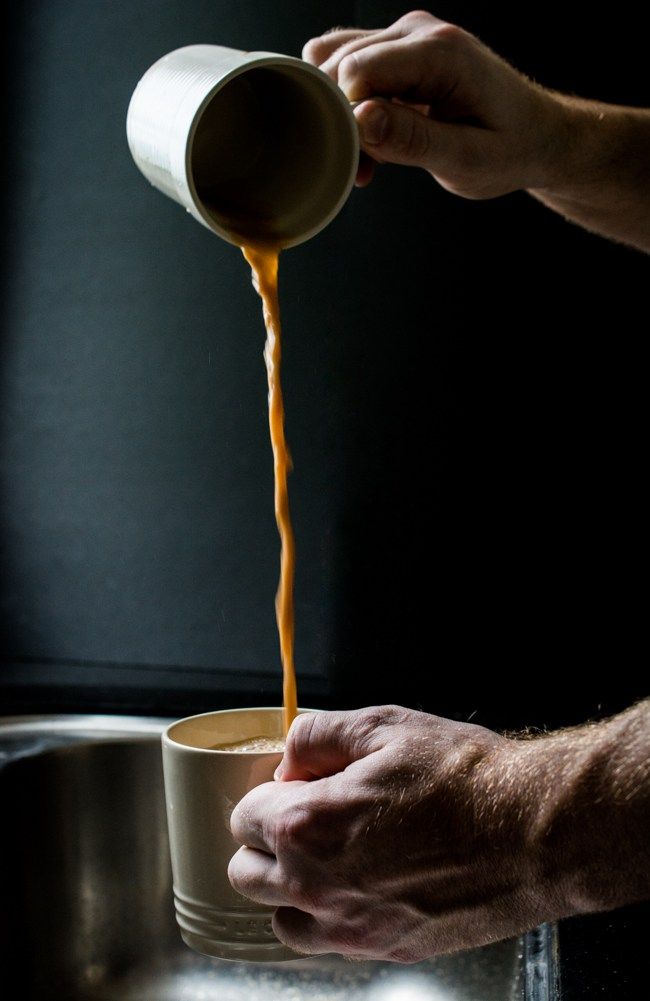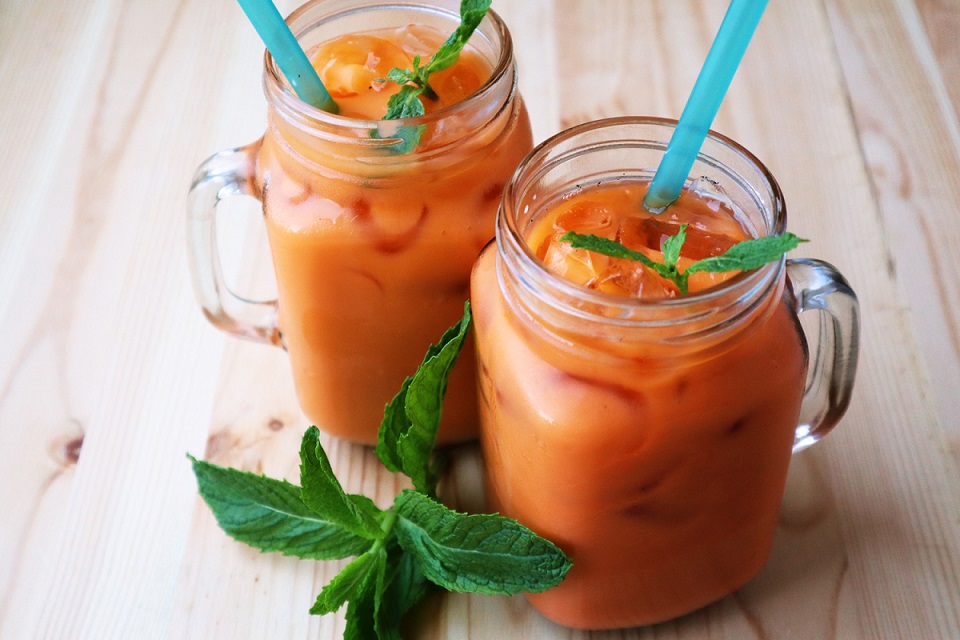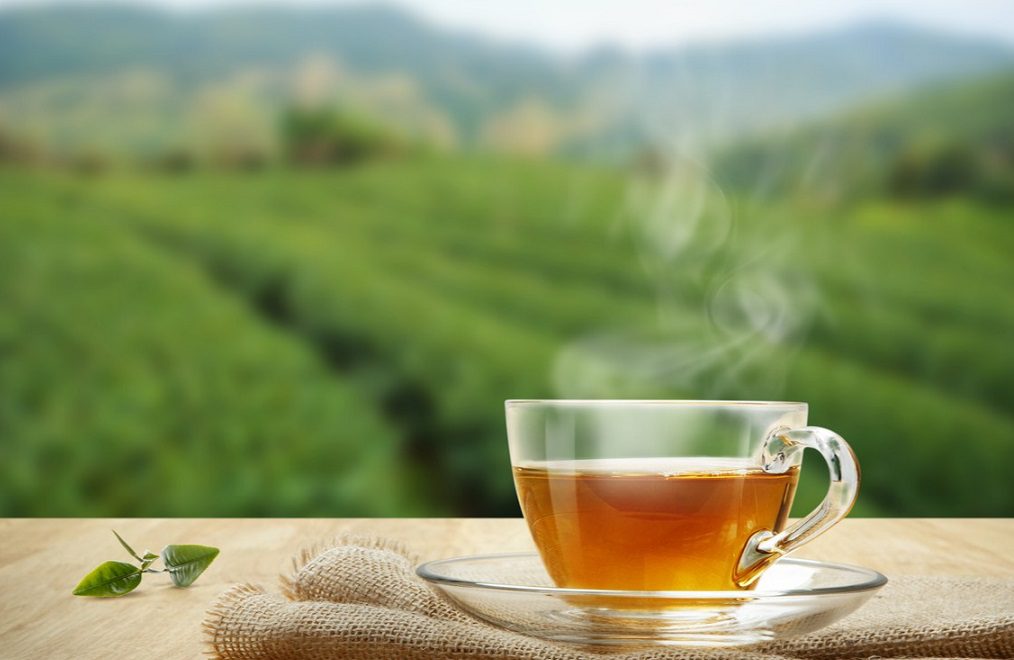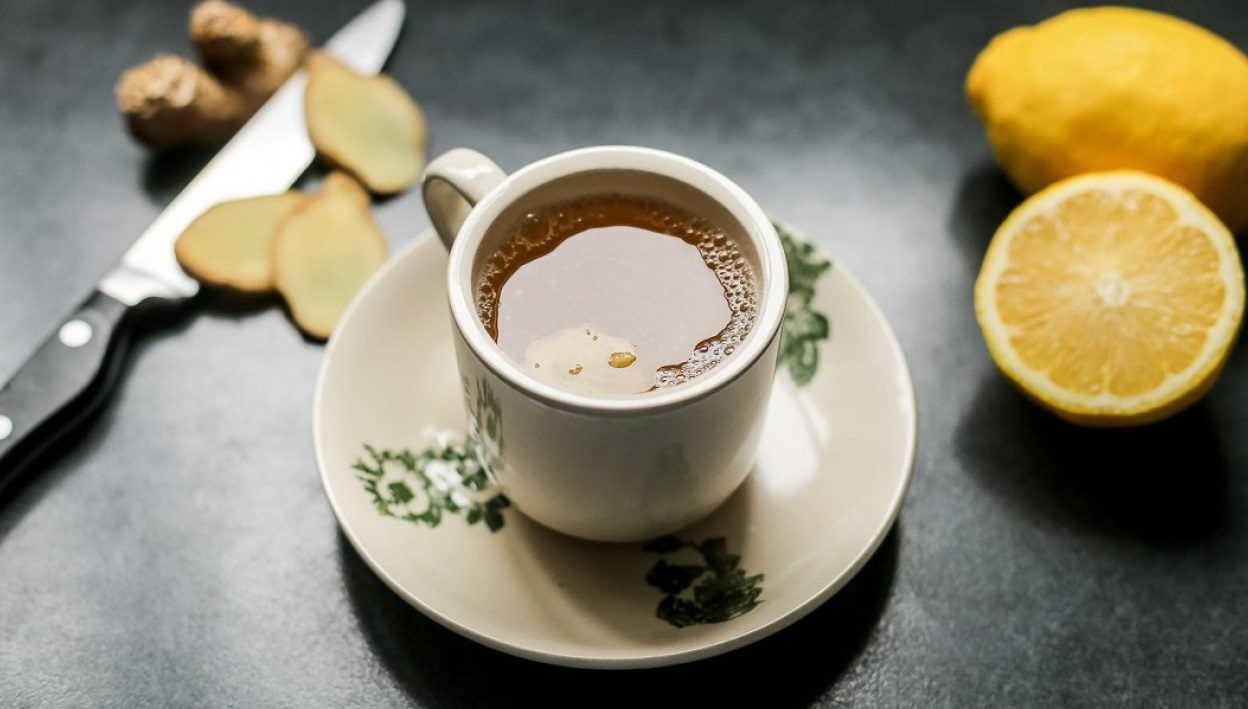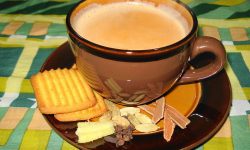Poets and Poetry
Every one of us is a poet at heart for poetry is an echo of the music inside us- be it the music of sadness, the music of torment, or the music of happiness. It surfaces like the molten lava from a volcano or bursts forth as suddenly as spring flowers on trees. Poetry is an offshoot of strong emotion. Is it emotion recollected in tranquillity as Wordsworth believed or is it a more artistic rendering of words that are meant to awaken the reader? For my part, I believe that it’s an amalgamation of both.
A picture speaks a thousand words but poetry too speaks a language that’s unique to itself. It’s a form of art that breaks the shackles of imagination and zooms over territory uncharted. A poet is an artist that paints his thoughts on his own canvas.
Prose Vs Poetry
Poetry challenges the poet as Painting challenges the artist. Poets are misers with words. Yet, every word is an artistic evocation of ideas. Prose, which is at one end of the writing spectrum is unembellished language, direct, well structured, and confines to the strictures of grammar. Poetry, though, delicately produces fertile and aesthetic images that open doors and windows while the poet plays with the music of words. Samuel Taylor Coleridge summed up the difference very neatly by saying- prose is ‘words in their best order; poetry- the best words in their best order.’
The Power of Verse
Poetry speaks miniature, yet it’s power opens new vistas while triggering strong emotions. Look at this line from Wordsworth. My heart swells every time I read these lines.
“ The music in my heart I bore, long after it was heard no more”.
Even more compelling is Robert Frost’s The Road not Taken –
Two roads diverged in a wood, and I—
I took the one less traveled by,
And that has made all the difference.
The poet reveals much in just those three thought-provoking lines. They remind you of the life that’s passing by and gently touches your soul. That certainly is the hallmark of good poetry- being able to condense thoughts and emotions, find the correct images and words, and weave magic into them. Say what you want to say without really saying it in as few words as possible. That, then, is the essence of true poetry.
Ideas Stem from within
Writing poetry is a creative form of self-expression. Good poets write from their hearts by listening to the poetic voice within them. And, it is this joy of writing that kindles and stimulates.
Want to write good poetry?
If you want to write good poetry then read good poetry. Though that may be hard, it’s a must. Reading your favorite poets is a good way to begin this transition. Moreover, reading poems aloud helps you get the feel of how the poet resonates with the reader (you). Next, become aware of your personal reactions to experiences around you. That arms you even further, and then, you will have a good writing road in front of you.
Remember, all emotional moments and incidents that take place in your everyday life is a seed for a future poem. For starters, focus on a single cocooned moment in your life and watch your poetry fly with wings.
Don’t wait for inspiration to strike and never give that as an excuse for not writing. Make poetry writing a habit and someday, your work will sound good even to you. If inspiration strikes you in the middle of the night, get up, and put it down on paper. Believe me, you’ll never remember in the morning. I’ve been there more than once. So I know what it feels like when your mind seems whitewashed at the break of dawn.
A few more pointers
Make it a point to read what you’ve written aloud (if no one is willing to give you company, read it aloud to yourself). Listen to the meter, feel the rhythm, and experience the moment. You must certainly take your reader along with you.
Poets live under the umbrella of ‘poetic license’ and enjoy the privileges of freedom of expression. But wait! though there are really no strict rules to follow, eschew redundancy and cliches. Most importantly, allow imagery to filter through your poems. There’s a world of expressions out there just waiting for you. Above all, you make your own boundaries, you carve your own path with your own words and you create the channels for your verse to flow through.
Though free verse appears to dominate the poetry scene today; rhythm and rhyme are still a la mode. Attend poetry workshops, enter poetry contests( it doesn’t matter that your poem is not the ‘chosen one’)- the more you write, the better you will be
Finally, it’s crucial to emphasize the correct words. So, keep an eye on those line-breaks. Don’t let them run away from you.
The magic of verse
Writing poetry is a musical extravaganza that takes you through a maze of imagery, words, and language. So, enjoy the richness of it all, experience its magic, and enter the world of poetry writing with a blaze. Of course, if you’ve never written a line of before, there’s no time like now to begin. Get going and unleash the poet within you.
Writing and reading poetry is like drinking champagne, the more you savor it, the more it intoxicates. It’s a song that sings a million tunes.






